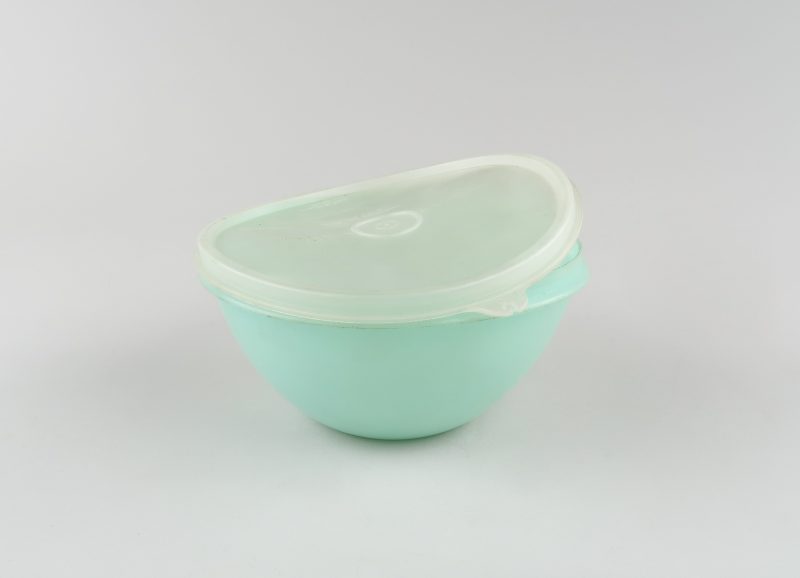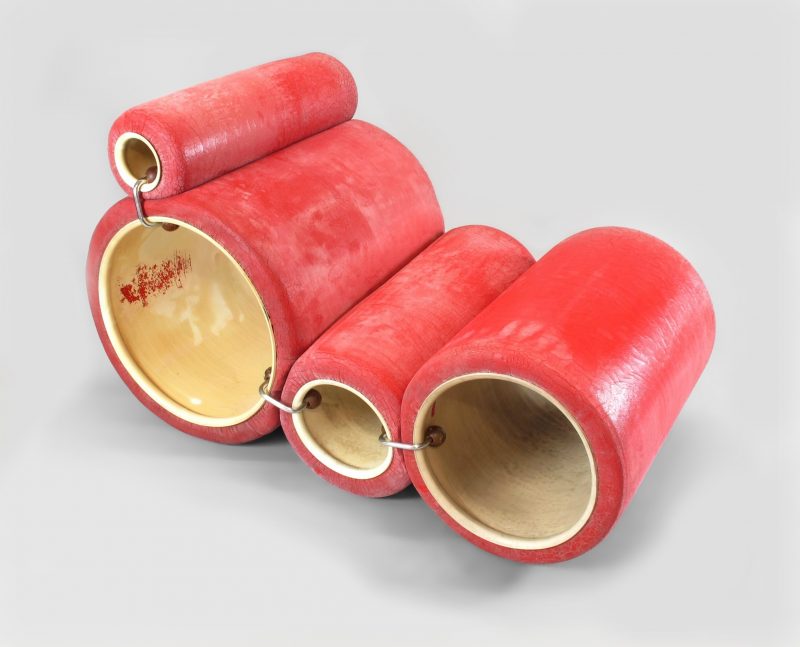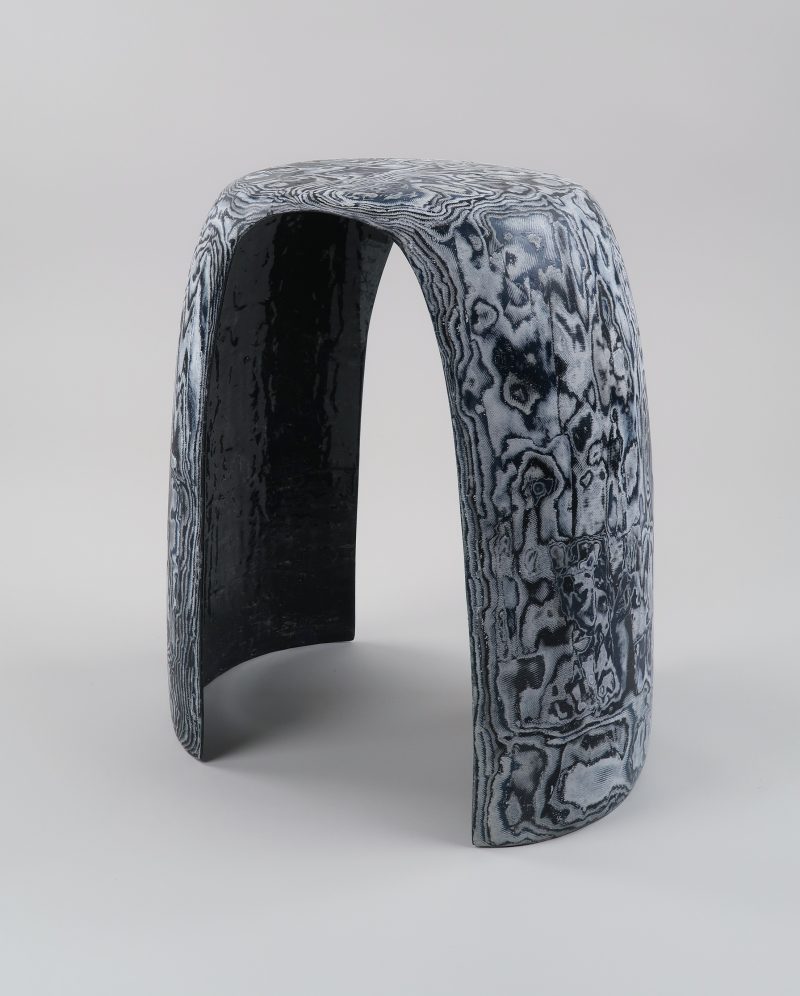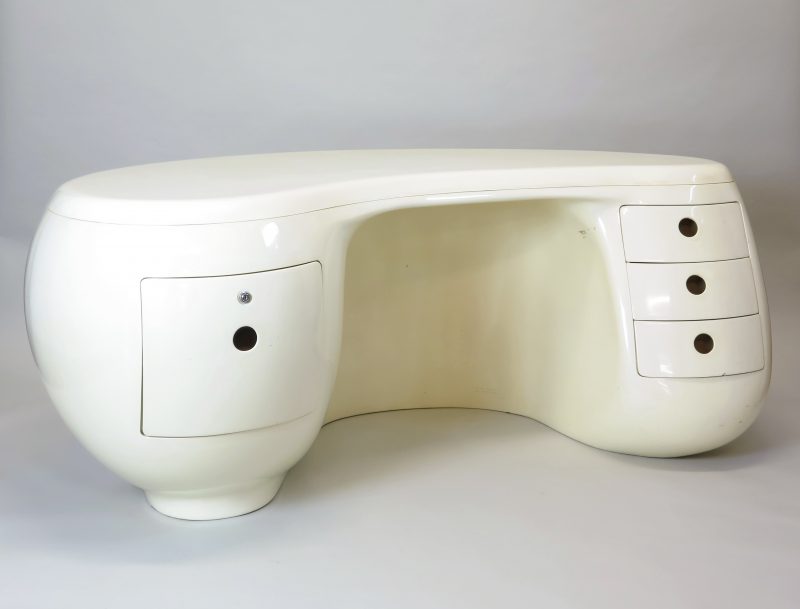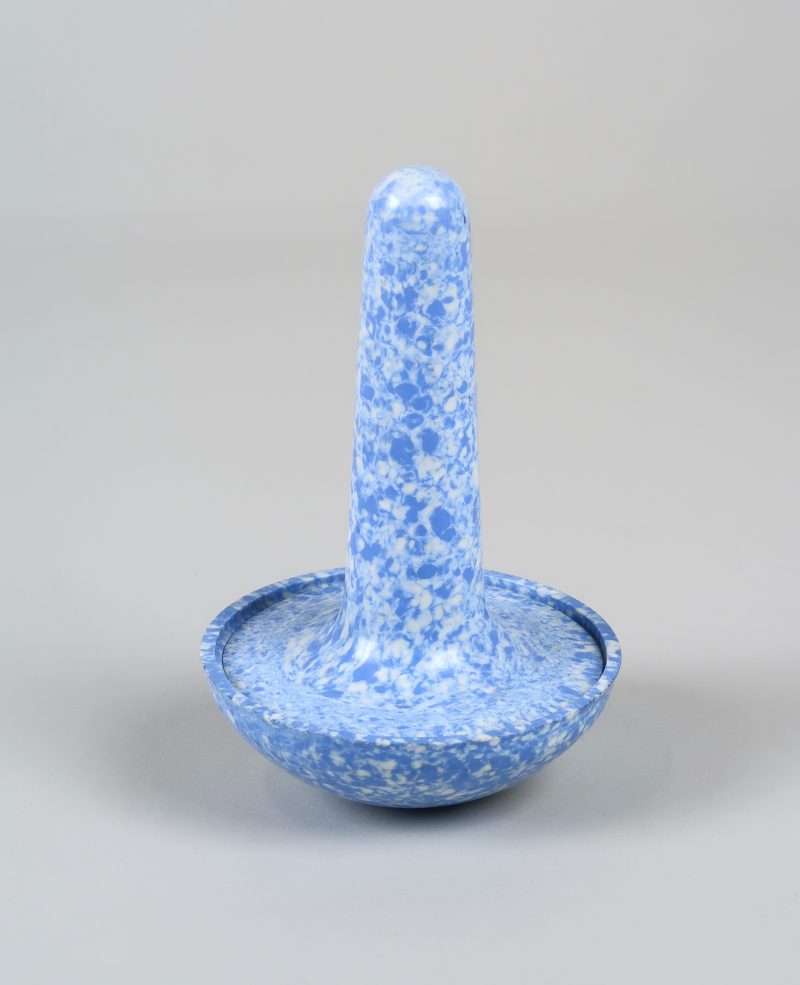Know, Name and Assess your Plastics
An international project on identification and care in the collections of Design Museum Gent and S.M.A.K.
Design Museum Gent and S.M.A.K. have approx. 3,500 and approx. 450 objects respectively in their collections, which are either partly or completely made from plastics. This project strived to gather experience regarding the correct identification and monitoring of the plastics in our collections. By using their correct names, knowing which specific care they require and systemically monitoring their condition, we can henceforth take durable conservation measures, tailored to each collection object.
Thesaurus of materials and techniques
Through the development of thesauri of materials and techniques, the plastics used in our collections are now registered in our Adlib collection database in a uniform manner, thus making the database more easily searchable. A survey revealed that none of the leading institutions with a collection comprising plastic objects has adequate thesauri. They often still use non-hierarchically developed terminology lists or the terms as applied in the Art & Architecture Thesaurus (AAT). We are changing this with our newly developed thesauri.
We made two bilingual thesauri (English and Dutch), one for materials and one for techniques, which we will try to (partly) integrate into the AAT and for whose terms we have linked to the persistent URIs of the AAT and to alternative terms, brand names and abbreviations, where possible. We collaborated on the English-language versions with our partner CICS (Cologne Institute of Conservation Sciences) of TH Köln and they will also align their German-language terminology lists with our thesauri. To create comprehensive thesauri, we performed substantive research into types of plastics, the production and finishing techniques used as well as name variants and spellings/notations. We also drew up scope notes, which include the composition and forms of materials, when a material was first launched to market, how a technique is applied and can be recognised, and so on. Download the thesauri below.
Receive updates on our thesauri:
Identification and condition survey
Plastics were identified in both collections, using both literature research and surveys amongst designers and artists and, primarily, relying on sensory perception. The latter involved the use of a Plastic Identification Tool to identify plastics on the basis of sensory perception using a questionnaire and reference kit. Finally, scientific analyses were conducted for identification purposes by KIK-IRPA (Royal Institute for Cultural Heritage).
During the identification and condition survey a document was completed for each object recording the various materials present and required monitoring frequency, determining the degree of urgency of any necessary preservation measures and formulating a detailed description of the object’s physical condition.
In order to be able to consistently determine the monitoring frequency and degree of urgency, we developed schedules that take into account both the specific material-technical aspects and the value of the object. The monitoring frequency and degree of urgency for each object are determined in order to enable us to impose appropriate measures for the entire collection. The structured listing and identification of the required interventions will help us make our operations more time efficient (group treatments, implement routine activities with volunteers, etc.) and formulate better assessments of any actions that need to be taken such as the intervals of condition inspections, the replacement of packaging materials, specific preservation interventions, risk assessments concerning interactions between materials and objects in the immediate vicinity of plastic objects etc. These decision making models will soon be available online.
Partners, advisory committee and focus group
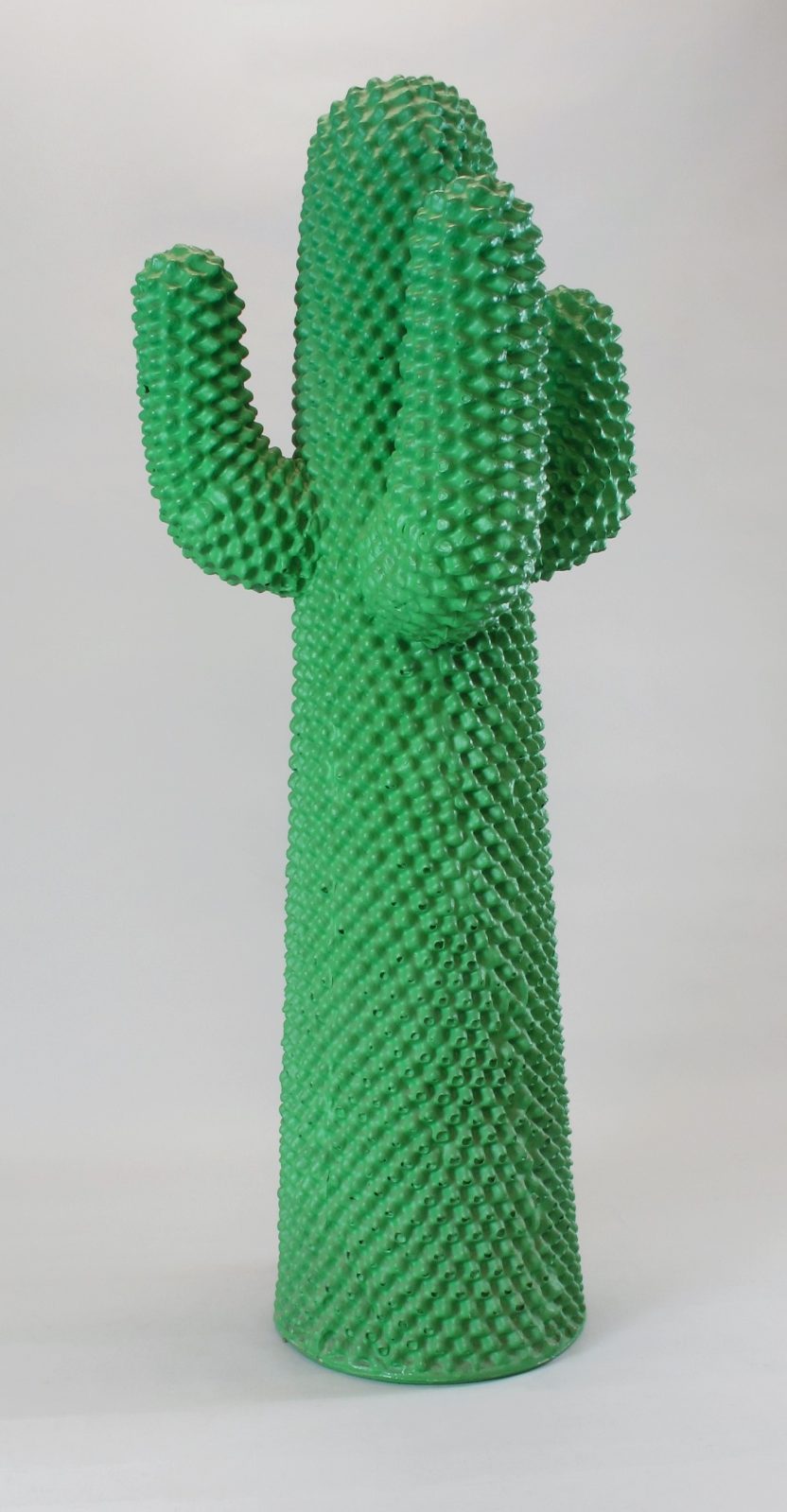
Design Museum Gent implemented this project in conjunction with S.M.A.K. By joining forces both museums managed to combine two significant approaches, i.e. modern and contemporary art on the one hand and applied art and design on the other hand. We could also rely on valuable input from three international partners, i.e. RCE (Cultural Heritage Agency of the Netherlands), KIK-IRPA and CICS. RCE provided advice, supported and organised the workshop focused on the Plastic Identification Tool. KIK-IRPA provided advice, conducted scientific analyses and participated in the RCE workshop. Upon completion of the project KIK-IRPA agreed to assist the Belgian heritage sector with the maintenance and management of plastics in their collections. CICS implemented the KuWerKo. Kunststoff, ein moderner Werkstoff im kunsthistorischen Kontext (a modern material within an art historical context) project, which involved working with the collection of the Deutsches Kunststoff Museum. We also collaborated with them on the creation of the English language thesauri, the formulation of damage assessments and the exploration of the potential of an online platform with various settings to share the results of their analyses of synthetic objects.
Over the course of the project, the group of experts working on this terminology grew. We would like to thank all of our partners and supporters: Christian Bonten en Julian Kattinger (Institut für Kunststofftechnik (IKT), Universität Stuttgart), Anna Laganá (Getty Conservation Institute), Thea van Oosten (Senior Conservation Scientist), Uta Scholten (LVR-Industrial Museum), Colin Williamson (Plastician and Vice President of the Plastics Historical Society), Friederike Waentig and Lisa Burkart (TH Köln, CICS).
The Advisory Committee oversaw the set-up and progress of the project. The members were Suzan de Groot (RCE), Griet Kockelkoren (KIK-IRPA), Frances Berry (S.M.A.K.), Ruth Goris (Design Museum Gent), Annelies De Mey (Design Museum Gent), Hannah Hendrickx (Design Museum Gent) and Eline van der Velde (project staffer Design Museum Gent-S.M.A.K.).
The focus group comprised Flemish and Belgian players, that preserve a substantial collection of plastics and have an in-house restorer. The members were Griet Kockelkoren (KIK-IRPA), Wim Fremout (KIK-IRPA), Annelies De Mey (Design Museum Gent), Hannah Hendrickx (Design Museum Gent), Eline van der Velde (projectmedewerker Design Museum Gent-S.M.A.K.), Ruth Goris (Design Museum Gent), Frances Berry (S.M.A.K.), Iris Paschalidis (S.M.A.K.), Rebecca Heremans (S.M.A.K.), Christine Lambrechts (M HKA), Ann Deckers (FOMU), Sofie Meuwes (FOMU), Barbara De Jong (Mu.Zee), Pieter Neirinckx (Industriemuseum/Huis van Alijn), Kim Verkens (MoMu), Lie Cauwelier (Eperon d'Or) and Design Museum Brussels.
Partner project Terminology for Conservation of Plastics, TH Köln
This research into the identification of plastics and the execution of a condition survey of all the plastic objects in the collections of Design Museum Gent and S.M.A.K. ran for 3 years and was made possible thanks to a grant from the Government of Flanders under the Cultural Heritage Decreet. For further information, please contact project staffer Hannah Hendrickx via hannah.hendrickx@stad.gent.
